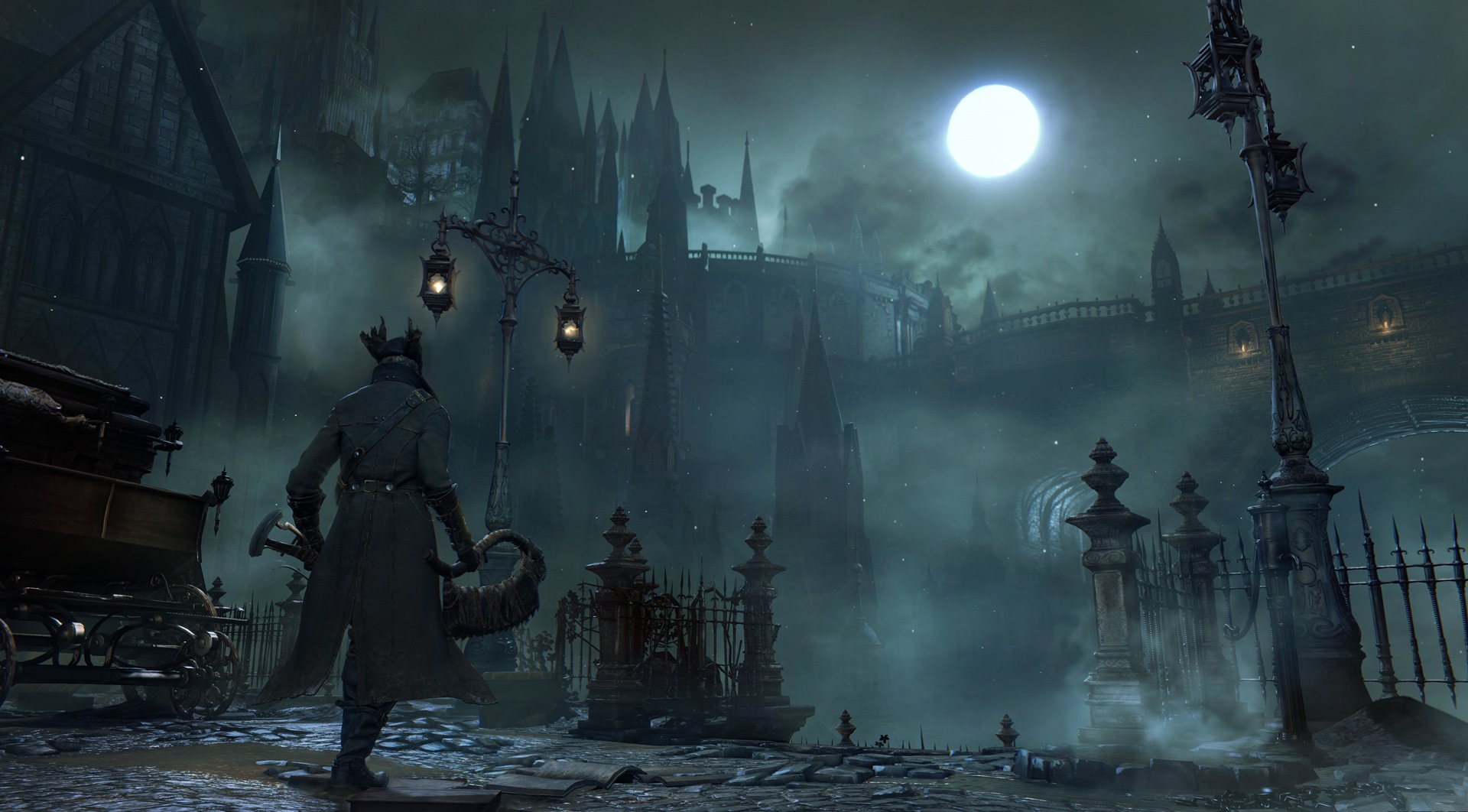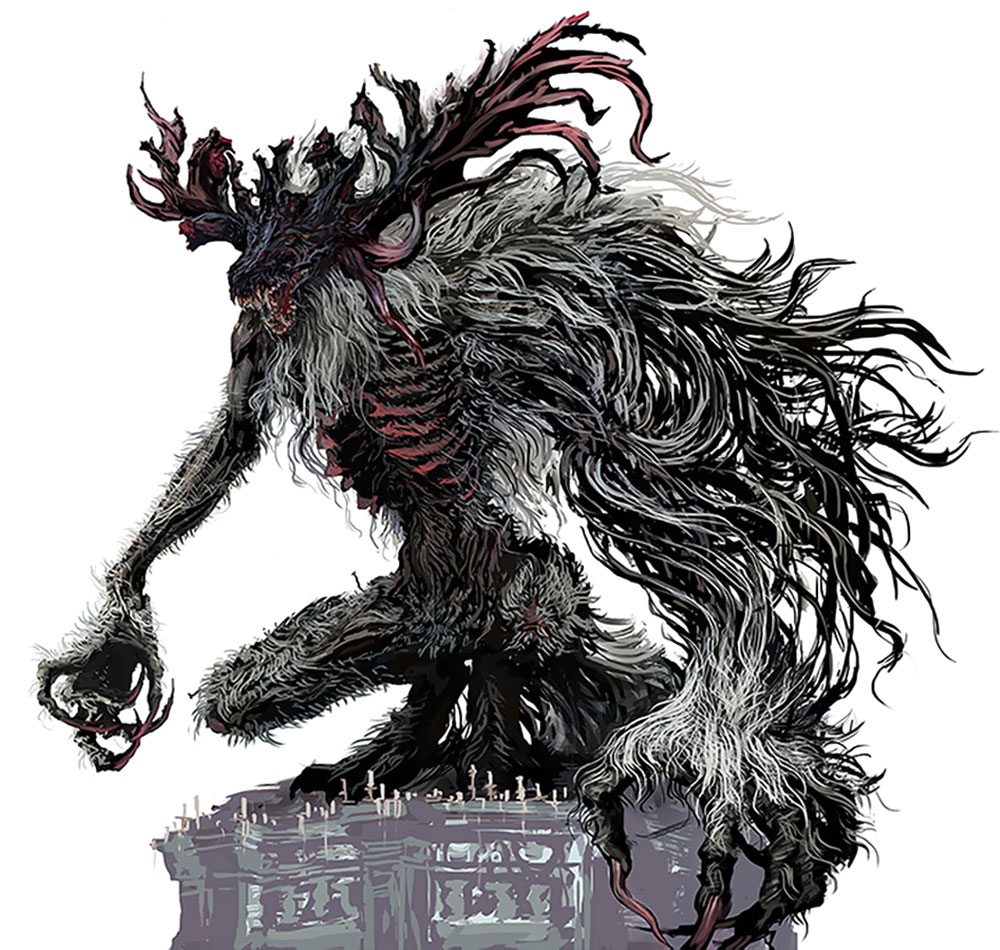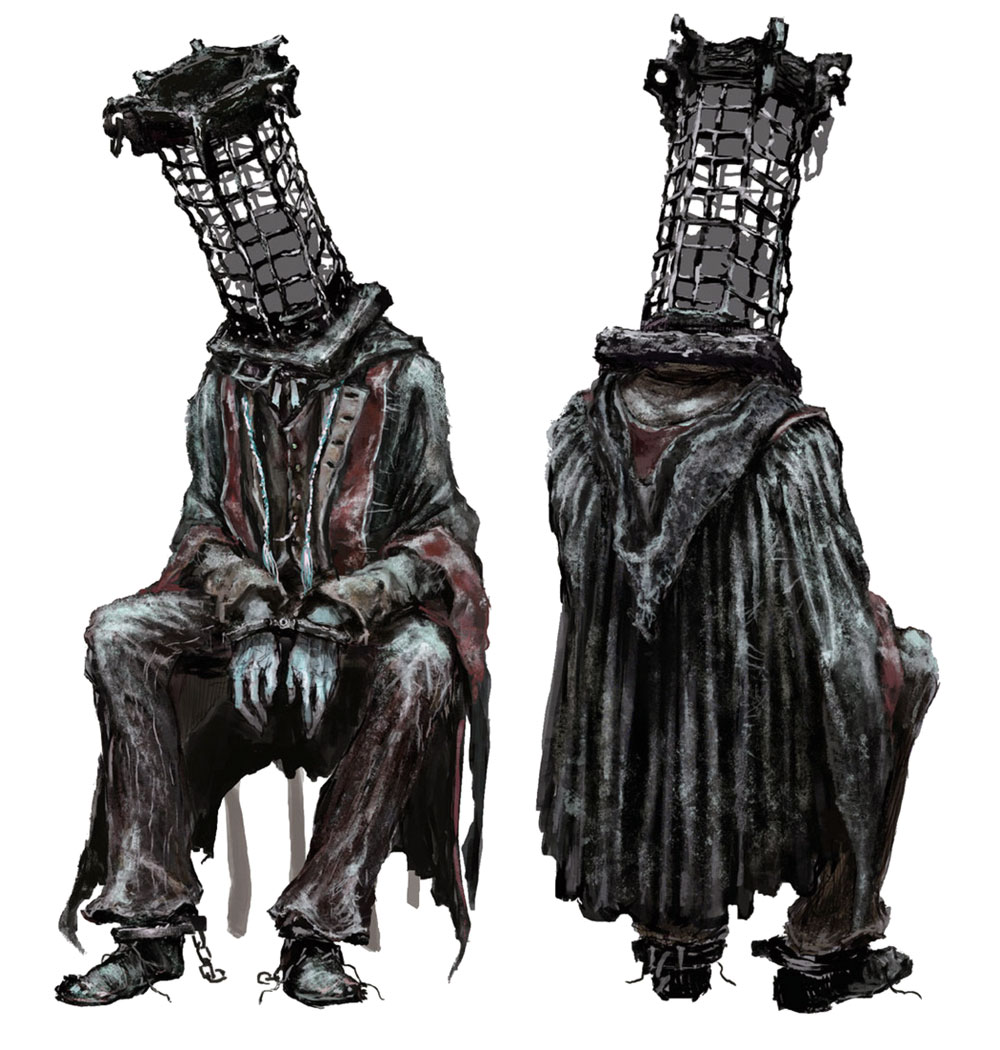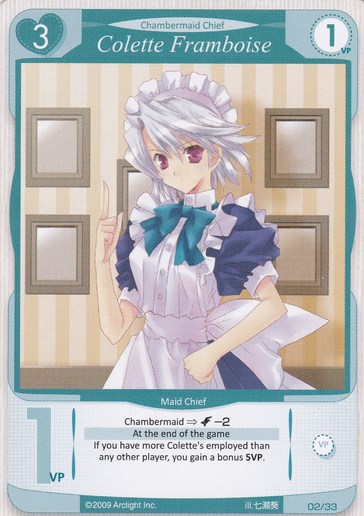There is another post about Bloodborne up on the site. That post’s goal is to convince people that they should play Bloodborne, because it’s a very good game. It sticks to definite observations, attempts to be fairly factual, and generally has a concrete set of themes and thoughts. It is also readable by people who don’t spend a lot of time thinking about games.
This is not that post. This is where I am going to put everything else that I thought about while playing Bloodborne. Consider this post to be a bunch of random thoughts, paragraphs and posts that didn’t fit into the first one. As such, it contains spoilers, non-sequiturs, and has no consistent tone.
Part 1. Bloodborne isn’t as hard as it wants you to think it is, and that’s to its credit.
When I wrote about Shovel Knight a while back, it stood out to me because while it attempts to stylistically copy certain things about old, tough as nails games, it didn’t quite go 100% in on it. Instead, it sanded off some of the edges and pointy bits, and made a game that gave you the sense you were beating something incredibly hard, while at the same time pulling quite a few punches.
Bloodborne gives me the same general vibe/sense. Yes, there are one hit death traps, but they tend to either have a straightforward tell, and/or the first time you encounter them they’re next to respawn points. Yes, you have to run back to the boss each time you die, but almost every area is laid out in a way that there is a conflict free route to the boss that is opened up as you explore the level around them. Enemies can be brutal, but are often introduced in 1 on 1 situations in small areas where you can observe and fight them. There’s no Kaizo or I Want To Be The Guy style gutpunches.
Part 2. Lore is interesting, incomplete, but not unsatisfying.
I like the lore and world of Bloodborne. I heard a story somewhere that I’m going to go try to verify later, about how Miyazaki bases some of the feeling of his games on experiences he had as a child, where he would read stories or watch movies in languages he didn’t understand. As a result, there would be parts of the story that he simply missed or couldn’t follow, because from his standpoint, they weren’t present.
To me, this feels like writing a story by writing the whole thing, and then tearing it up it up to be put back together. But before we put it back together, Miyazaki went through and pulled out and burnt a few choice pieces of information, so that info is missing when we start to pull things together. It’s not that the information was never there, it’s just that we don’t have it. And he’s careful to not remove too much, or to remove things that make everything break down or fall apart.
Part 3. Bloodborne does justice to the concept of Cthulhu mythos.
Something that I find a bit annoying is how much many modern interpretations of cosmic horror forget about the “Cosmic” bit. Yes, a slobbering blob of eyeballs rolling over each other making a wailing noise and oozing foul ichor is a nasty mental (or literal) image. But it’s not really where the interesting part of the horror comes from.
They say that humanity is but insects beneath elder gods, but many Cthulhu-inspired works don’t consider what that means.
When you kill a mosquito, or an ant, or a bug, you don’t have any real malice toward it (or at least any malice you have dissipates after it becomes a squashed paste). You might remember that it’s a thing you’ve done, but you don’t remember any given instance. It’s not that insects are meaningless, it’s that you literally do not care a good 98% of the time. When you do care, the caring is at most momentary. Insects are the white noise of reality, something so inconsequential that their existence often just doesn’t even register to you.
And that’s the impression I get from many of the elder god style beings in and their role in the story from Bloodborne. They can be terrible and horrific to look at, but they’re not terrible or horrific because they harbor some level of hatred toward you. They’re terrible because they have a sort of obscene majesty to them, and you are just inconsequential to them. They are impressive, and inspire revulsion, but they do so while being grand and terrifying and uncaring.
And the overall story reflects this as well. The city of Yarnham is not special, and the events of the game and the game’s world are not a unique occurrence. This has all happened before, and there’s no reason to suspect it won’t happen again. The movers and shakers of this world and of the tale are not cosmic evils, but men and women who thought they knew better than others, and who chased their own goals to madness. Human beings are responsible for the plague, the hunt, and the death and terror brought by all of this. Humans, not monsters, discovered things they did not understand, and then made the choice use them anyway.
Part 4. I played 60 hours of the game without realizing you could sprint and jump.
I don’t have anything more to add to this one. But yeah, it’s a thing that happened. And I still beat the game anyway. #JustGameJournalistThings
Part 5. I have mixed thoughts on limited use consumable items and weapon durability.
Pretty much everything in Bloodborne outside of weapons and clothes is limited use. This means your health potions, your bullets, etc., flame paper, shock paper, molotovs. Oh, and your weapons can break down, and deal less damage.
I think this is mostly a good thing, because it means that finding stuff is useful, except for when it comes to boss fights. With that said, it does definitely lead to hoarding problems on occasion.
Part 6. For some reason I attempted to write a sparknotes version of the background lore of the world of Bloodborne. It’s below:
Everything after this constitutes massive spoilers. You have been warned. It’s also incredibly skimmed down.
A very long time ago, there was an ancient city populated by a species known as the Pthumerians. At some point in their history, they either made contact or discovered the existence of the Great Old Ones. These are the elder gods of the story. They are immense beings of incredible power and unfathomable goals and vision. They are not inherently indestructible or immortal.
Anyway, after this contact and research began, something happened and ended up more or less wiping out the Pthumerians, leaving their civilization a ruined shell of its former self. They only continued living in the endless catacombs that become Bloodborne’s procedurally generated Chalice Dungeons.
Some time passes.
A group of scholars end up discovering these catacombs and being to explore them. They are led by a man named Wilhelm. Wilhelm and those working with him end up following basically the same path as Pthumerians before them. They want to study the Great Ones, and to some extent understand them. This leads to the founding of Byrgenwerth academy.
At some point, the individuals at Byrgenwerth discover an unknown substance in the underground catacombs. This substance is the “Blood.” While it’s unclear how exactly the blood is obtained, there are implications that it may be harvested from a great one. The blood has miraculous properties, including the ability to heal wounds and injuries that are completely untreatable by any other means.
And like any other miracle, it leads to disagreements. Wilhelm is of the opinion that the blood is dangerous and should not be used. A subfaction of the Byrgenwerth scholars, led by a man named Laurence, think that the blood can be used to bring about the understanding they’re seeking. While the disagreement hasn’t lead to violence (yet), Laurence and those that agree with him leave Byrgenwerth, and find a group called the Healing Church.
The timing of the next set of events is a little unclear, as is how long it takes for them to occur. More on that in a moment. But here are the big things that happen.
- The Healing Church becomes incredibly influential and powerful. They have extensive influence over the city of Yharnam.
- Two new organizations come forward from within the Healing Church. These are the School of Mensis, and the Choir. Just like with Byrgenwerth, these groups have the goal of understanding the Great Ones. They disagree on methodology and tactics. The Choir and School of Mensis do not trust each other. To outsiders however, all three organizations are still allied, and presumably working together.
- Word of the Healing Church and their ability to cure any disease and ailment spreads across the entire world.
- The Healing Church declares Byrgenwerth off limits, and forbidden ground.
And then things start to go wrong.
While Blood can heal injuries and sickness, it also has side effects. Overuse leads to a state described as “Blood drunk,” and potential dependency. In addition, blood is transformative. Unfortunately, it’s transformative in a “Turn you into frenzied monster” sort of transformation.
Upon realizing that their miracle cure occasionally leads to cases of were-wolfitis, the Healing Church decides to stop using it and give up their influence and power to protect the citizens of Yharn-
Just kidding. Of course they don’t.
Instead they set up the Hunters, individuals whose job it is to deal with the monsters that are starting to show up. The Hunter organization starts off as a sort of secret police force trying to keep everything on the down low. It’s not obvious to me how long they succeed at this for, or if they’re open secret by the time the next really bad thing happens.
Because things are about to get worse.
In an area of the city called Old Yharnam (it’s not clear to me if this is because it’s an older part of the city, or because of… well, the bit that happens next) there’s a massive outbreak of some form of infection. It’s not clear if the infection is caused by the Healing Church, or one of its subgroups, or someone just had a snack at an open air meat market, but the end result is that the area turns into a disaster zone. Whether it’s the infection, or the Church’s attempts to cure the infection with Blood, basically everyone living Old Yharnam either gets infected or turned into a monster.
Seeing the entire situation spiraling out of control, the Healing Church puts Old Yharnam under lockdown. When even this isn’t enough to deal with the problem, they go one step further, and use the Hunter organization to burn Old Yharnam to the ground and to kill every single person and monster living there.
And while the Healing Church is authorizing flambé massacres, none of the other groups are really helping. The Hunter organization starts to fall apart for a variety of reasons, including members going into blood-induced murder frenzies, individuals deserting after having to barbecue citizens, and just everything generally going to shit. The School of Mensis is still real focused on that whole Eldritch Truth/Being thing, and they’ve started used the chaos to kidnap people to experiment on. The Choir are far more ethical, and so they’re not experimenting on victims of kidnapping.
No, they’re experimenting on all the children they have at their orphanage.
At some point, Laurence gets infected, and turns into a monster. And it turns out that all monsters are not created equal, because Lawrence turns into a fucking two-story tall wendigo-esque abomination. Fortunately, by this point, the Church has reformed the Hunter organization into their own group known as the Church Hunters, led by a man named Ludwig.
Either Ludwig or one of the Church Hunters manages to kill Laurence. But by this point it’s a bit late. The School of Mensis and Choir are outright hostile to each other, spying on each other, and killing members of the other groups. The Church Hunters do not have the manpower to suppress the outbreaks and monsters are showing up across the city. The Healing Church is now led by Vicar Amelia, and it’s unclear what she’s actually trying to accomplish. Unaffiliated Hunters are either hunkering down with their families, trying to take out other Hunters who have gone crazy, or just trying to minimize the carnage. The citizens of Yharnam, having had enough of this have armed themselves with whatever they can get their hands on, and formed armed mobs, patrolling the city and killing anyone who seems infected, even as they themselves show increased signs of infection.
And somewhere around this time is when “you,” the player character shows up.
Part 7.
Bloodborne is played from an over the shoulder view of your character. You have health, and stamina. Stamina regenerates over time when not being used, while health does not, but can be restored with Blood Vials. When you get hit by an enemy, while you immediately lose health, a portion of the bar stays lit up. Damaging an enemy while this portion is still lit up will recover a portion of that health. This mechanic is called Rallying. Your character can have up to two weapons equipped at once, a primary and a secondary. Primary weapons can be trick weapons, which have the ability to switch form. They have light and heavy attacks based on their form, and you can also dodge and roll. Dodging, rolling, and attacks consume Stamina. Secondary weapons tend to be ranged weapons of some type, mostly guns. While secondary weapons usually only have a single attack, when used correctly, they can interrupt an enemy’s attack, and knock them down. This is called a Parry. Enemies in the knocked down state can be Visceral Attacked. This is a short attack that does a large amount of damage, and restores health to the player equal to whatever portion of their health bar is still lit up, while also pushing enemies near the attacked enemy back. Once you commit to an attack, or part of attack combo, you cannot stop or interrupt the combo.













